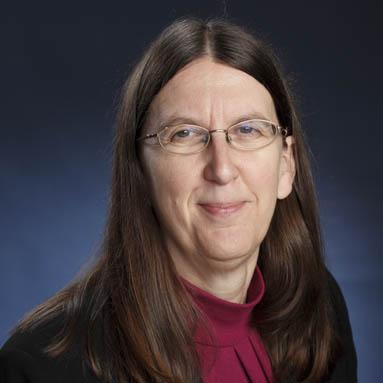
SDG 3: Good Health & Well-Being - Ensure healthy lives and promote well-being for all at all ages


WPI provides an environment that values both teaching and research, which is ideal for me. I enjoy teaching at WPI because students are interested in learning and willing to work hard. My teaching focuses on how business, healthcare, and nonprofit organizations can best use computing technologies, such as database systems, electronic health records systems, and mobile apps. Students in my classes learn to design computing applications that meet the needs of organizations. Students understand the value of learning these topics, and as a result, they work hard to learn the principles and how to apply them to real organizational problems.
I also enjoy working closely with student teams on their MQP and IQP projects, which I help them set up in sponsoring organizations. For example, one of my IQP teams developed a multilingual website for the Family Health Center of Worcester. One of my MQP teams developed a prototype dashboard for executives at The Hanover Group to help them monitor progress of computer application development projects. Another MQP team did a data analytics project for a healthcare organization that examined its physician-patient communication patterns on the patient portal. These projects involve students in finding solutions to current problems in organizations, and they keep me up-to-date with the computing concerns of organizations.
My research program supports my teaching interests. I work with organizations to help them determine how best to use computing technologies. With funding from the National Science Foundation, I and an interdisciplinary team of researchers studied of how healthcare providers can use electronic health records systems to improve the quality of, and access to healthcare, while also reducing costs. Another NSF funded project is developing a diabetes support app. The executives I meet through my research often come to WPI to talk in student classes. My students have the most recent information about how computing technologies are being used in organizations because I integrate the knowledge gained from my research into my teaching.
Visit Digital WPI to view student projects advised by Professor Strong.

WPI provides an environment that values both teaching and research, which is ideal for me. I enjoy teaching at WPI because students are interested in learning and willing to work hard. My teaching focuses on how business, healthcare, and nonprofit organizations can best use computing technologies, such as database systems, electronic health records systems, and mobile apps. Students in my classes learn to design computing applications that meet the needs of organizations. Students understand the value of learning these topics, and as a result, they work hard to learn the principles and how to apply them to real organizational problems.
I also enjoy working closely with student teams on their MQP and IQP projects, which I help them set up in sponsoring organizations. For example, one of my IQP teams developed a multilingual website for the Family Health Center of Worcester. One of my MQP teams developed a prototype dashboard for executives at The Hanover Group to help them monitor progress of computer application development projects. Another MQP team did a data analytics project for a healthcare organization that examined its physician-patient communication patterns on the patient portal. These projects involve students in finding solutions to current problems in organizations, and they keep me up-to-date with the computing concerns of organizations.
My research program supports my teaching interests. I work with organizations to help them determine how best to use computing technologies. With funding from the National Science Foundation, I and an interdisciplinary team of researchers studied of how healthcare providers can use electronic health records systems to improve the quality of, and access to healthcare, while also reducing costs. Another NSF funded project is developing a diabetes support app. The executives I meet through my research often come to WPI to talk in student classes. My students have the most recent information about how computing technologies are being used in organizations because I integrate the knowledge gained from my research into my teaching.
Visit Digital WPI to view student projects advised by Professor Strong.
SDG 3: Good Health & Well-Being - Ensure healthy lives and promote well-being for all at all ages

SDG 4: Quality Education - Ensure inclusive and equitable quality education and promote lifelong learning opportunities for all
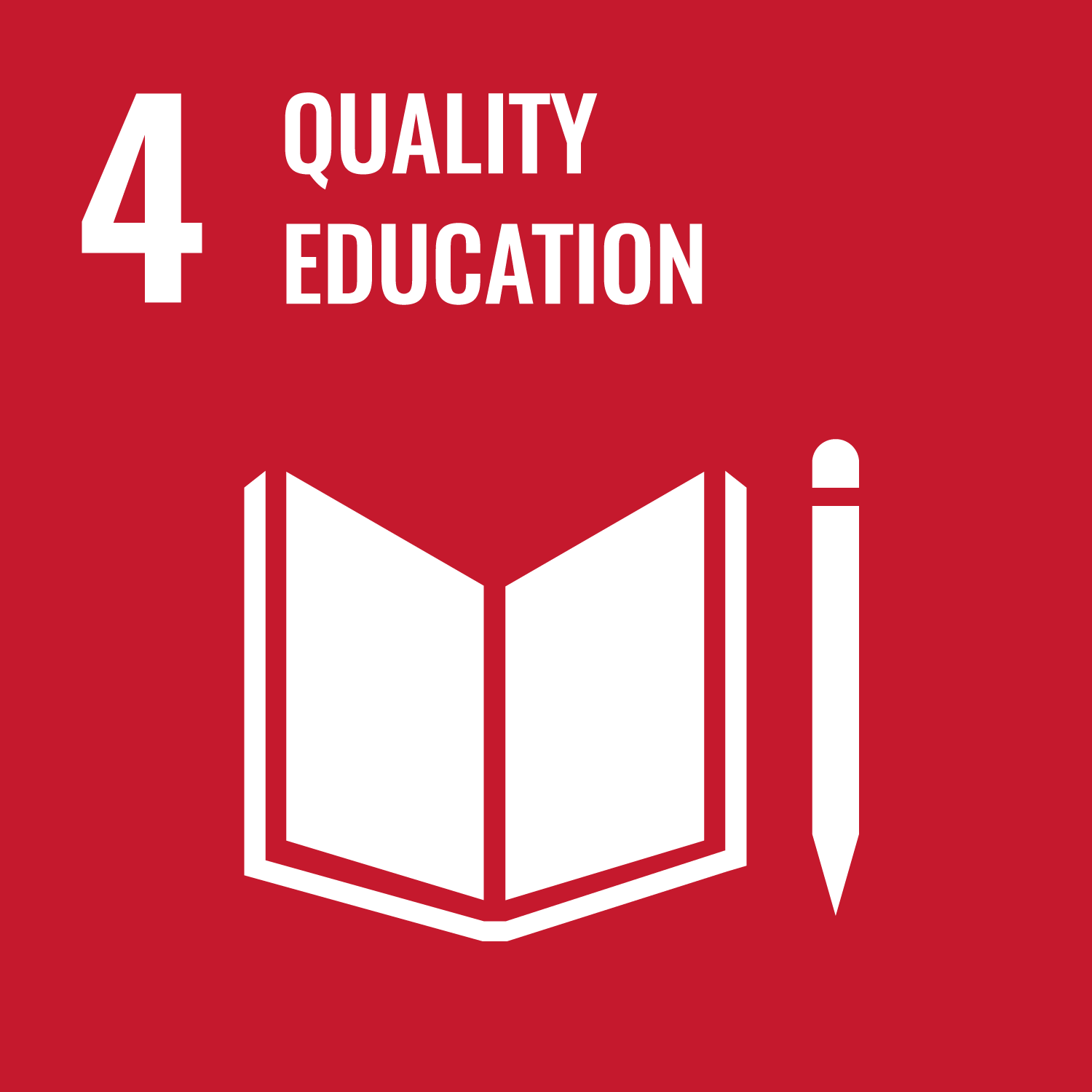
SDG 5: Gender Equality - Achieve gender equality and empower all women and girls
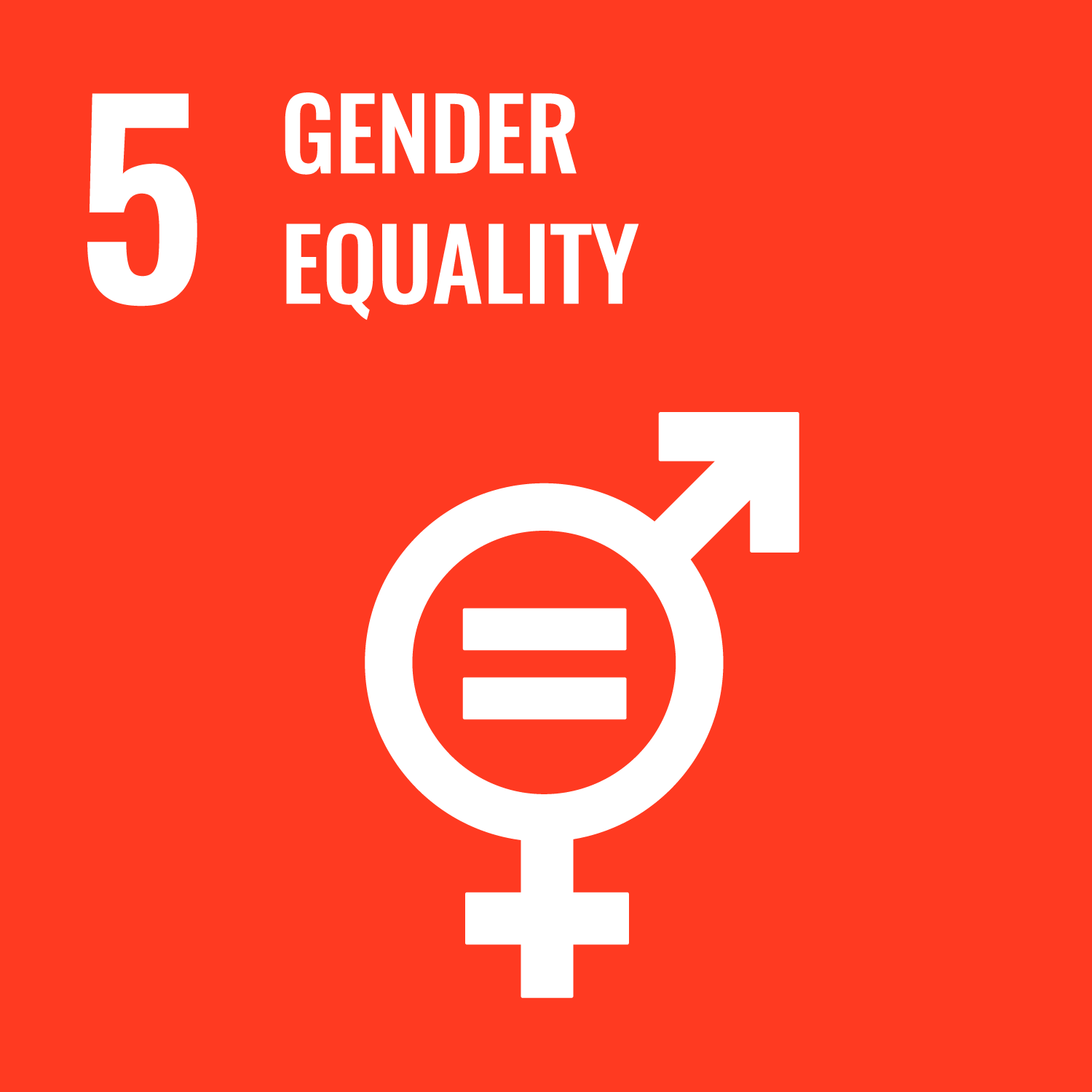
SDG 8: Decent Work and Economic Growth - Promote sustained, inclusive and sustainable economic growth, full and productive employment and decent work for all
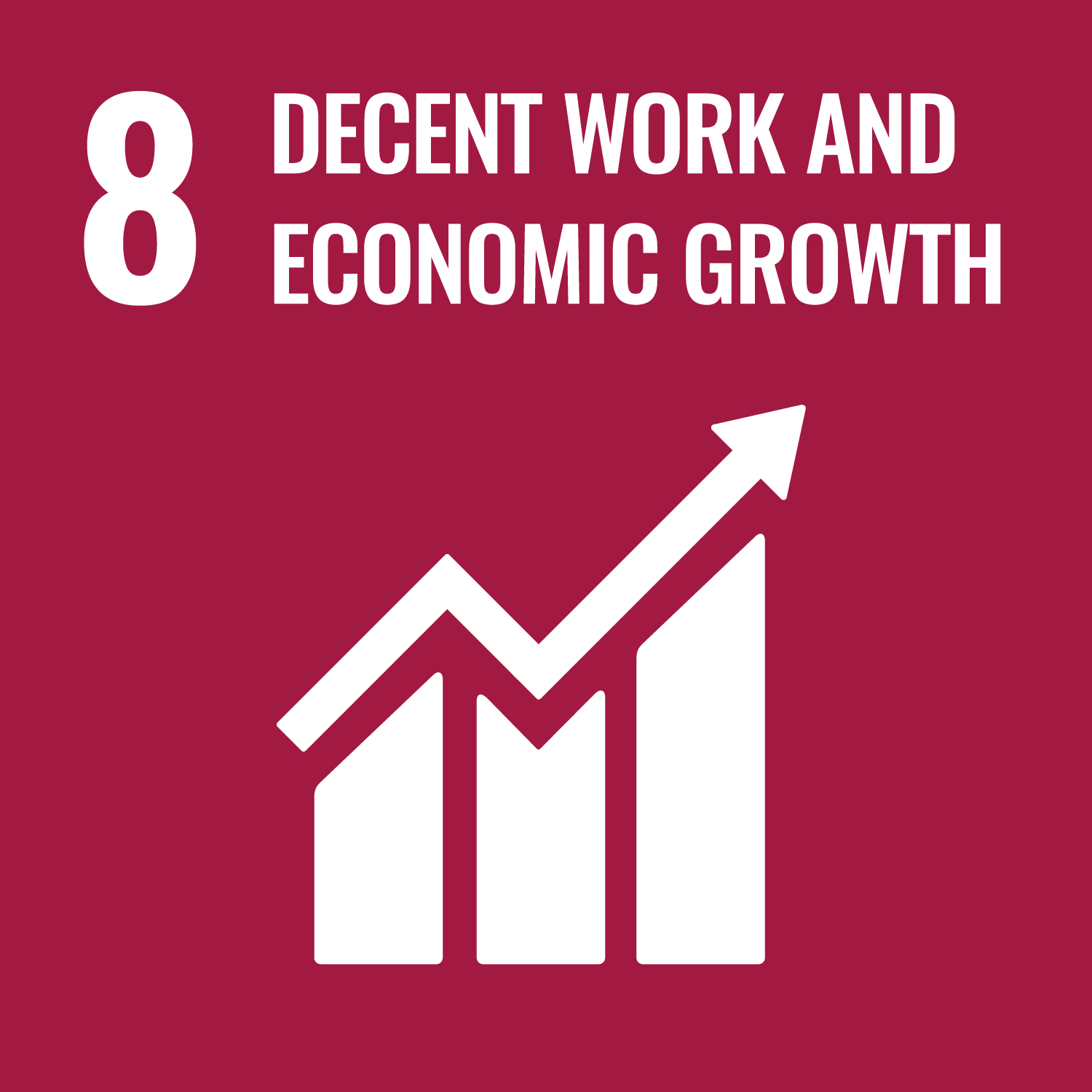
SDG 9: Industry, Innovation, and Infrastructure - Build resilient infrastructure, promote inclusive and sustainable industrialization and foster innovation
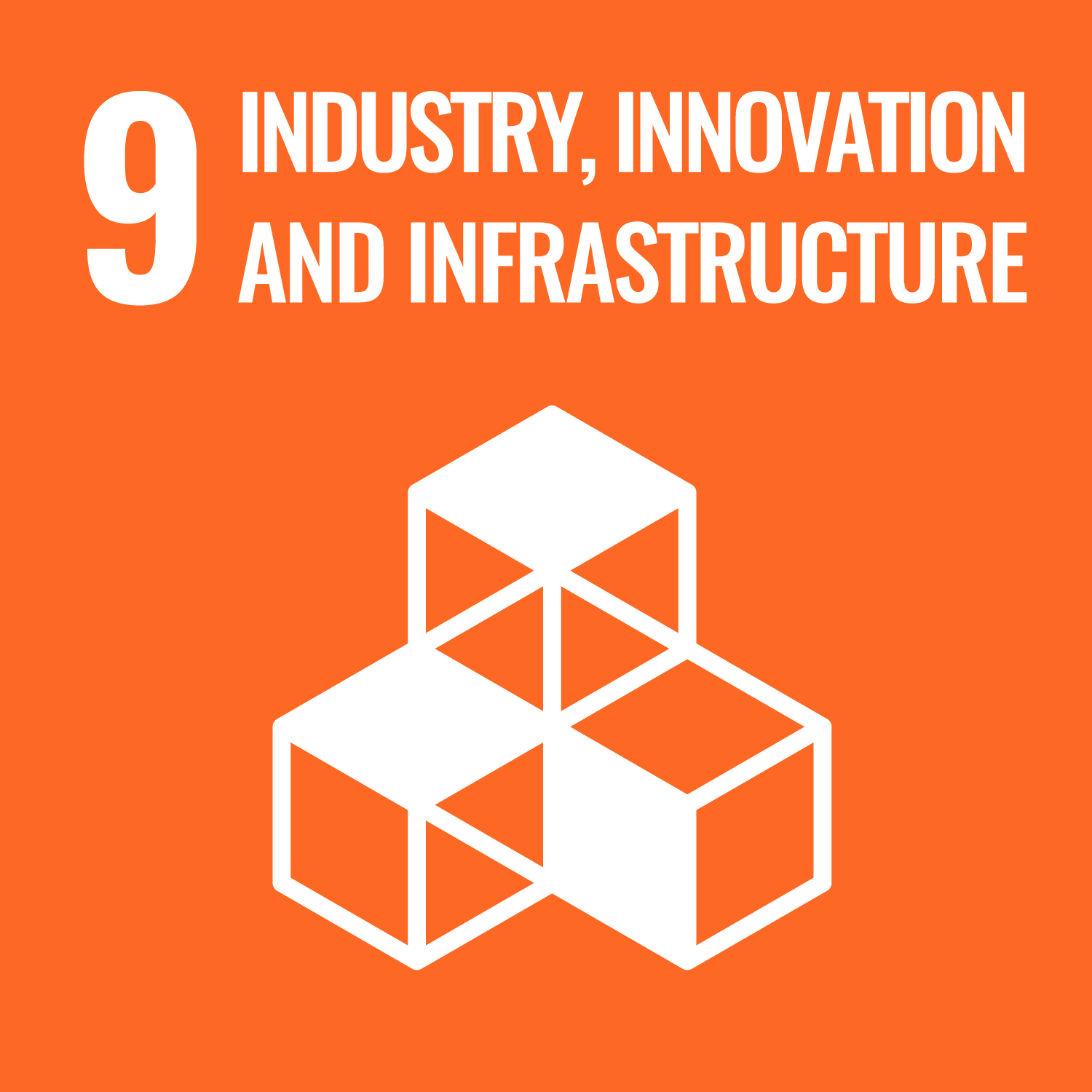
SDG 10: Reduced Inequalities - Reduce inequality within and among countries
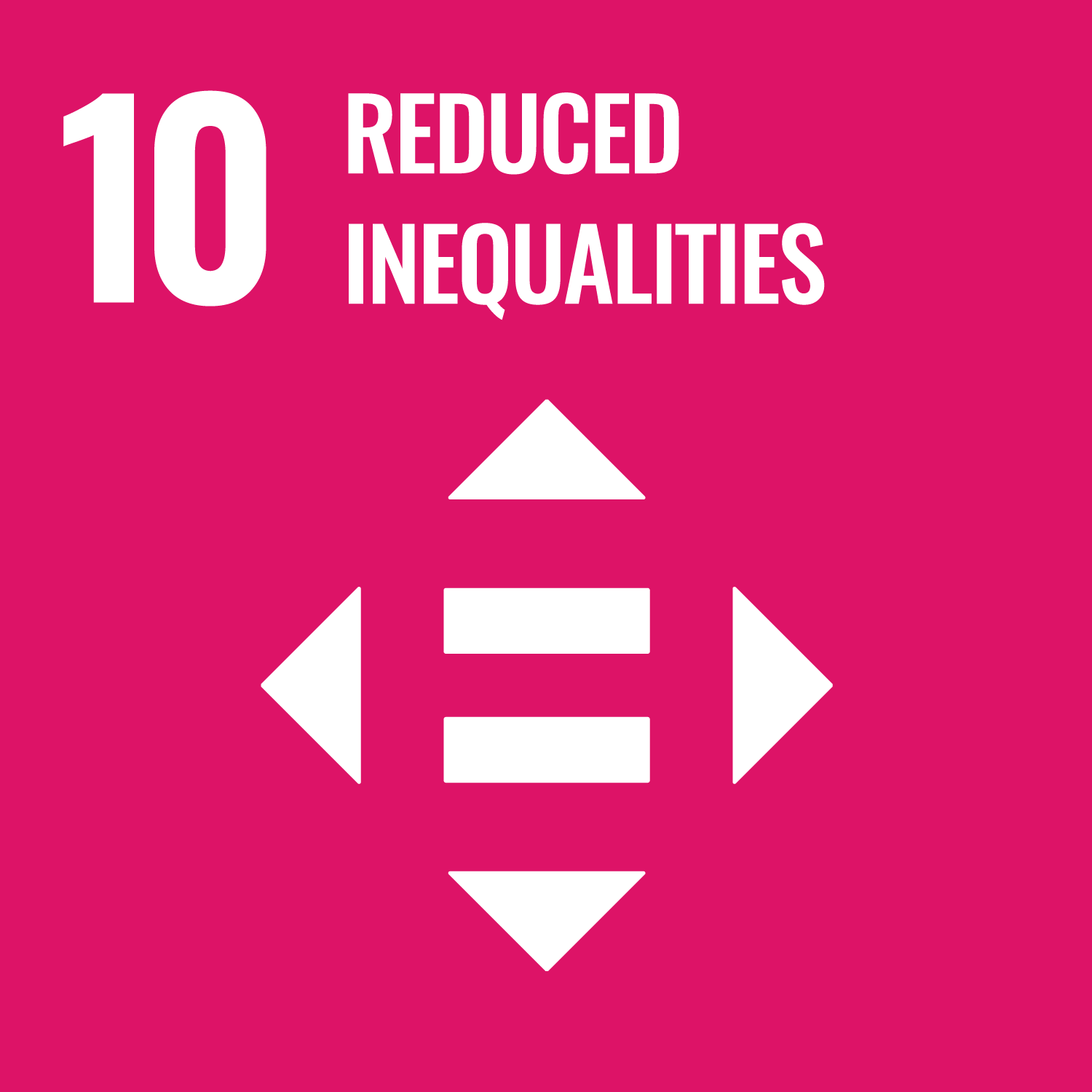
SDG 16: Peace, Justice, and Strong Institutions - Promote peaceful and inclusive societies for sustainable development, provide access to justice for all and build effective, accountable and inclusive institutions at all levels

Professor Strong researches the most effective ways that businesses, nonprofits and healthcare organizations can use computing technologies such as database systems, electronic health records systems, and mobile apps.
Featured works:
Liu, Z., Agu, E., Pedersen, P., Lindsay, C., Tulu, B., & Strong, D. (2021). Comprehensive Assessment of Fine-Grained Wound Images Using a Patch-Based CNN With Context-Preserving Attention. IEEE open journal of engineering in medicine and biology, 2, 224-234.
Strong, D. M., Volkoff, O., Johnson, S. A., Pelletier, L. R., Tulu, B., Bar-On, I., ... & Garber, L. (2014). A theory of organization-EHR affordance actualization. Journal of the association for information systems, 15(2), 2.
Volkoff, O., & Strong, D. M. (2013). Critical realism and affordances: Theorizing IT-associated organizational change processes. MIS quarterly, 819-834.
Strong, D. M., & Volkoff, O. (2010). Understanding Organization—Enterprise system fit: A path to theorizing the information technology artifact. MIS quarterly, 731-756.
Volkoff, O., Strong, D. M., & Elmes, M. B. (2007). Technological embeddedness and organizational change. Organization science, 18(5), 832-848.
Lee, Y. W., Strong, D. M., Kahn, B. K., & Wang, R. Y. (2002). AIMQ: a methodology for information quality assessment. Information & management, 40(2), 133-146.
Wang, R. Y., & Strong, D. M. (1996). Beyond accuracy: What data quality means to data consumers. Journal of management information systems, 12(4), 5-33.